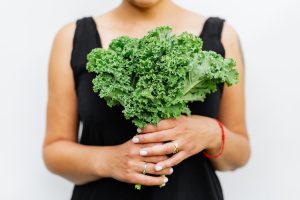Choosing the simplest crops to produce is one of the first stages in planning your first vegetable garden. The 10 veggies listed below provide the most food with the least amount of effort. Here are the 10 easiest vegetables to grow in your garden.
If you are new to home vegetable growing, it might be frightening if you are unaware of the specific wants and requirements that each plant has. Yet, if you cultivate the correct crops, creating a garden shouldn’t be difficult.
The veggies on the list below generally yield a sizable crop with little effort.
10 easiest vegetables to grow in your garden
- Tomatoes
- Potatoes
- Spinach
- Kale
- Green peppers
- Spring onions
- Garlic
- Carrots
- Lettuce
- Cucumber
Tomatoes
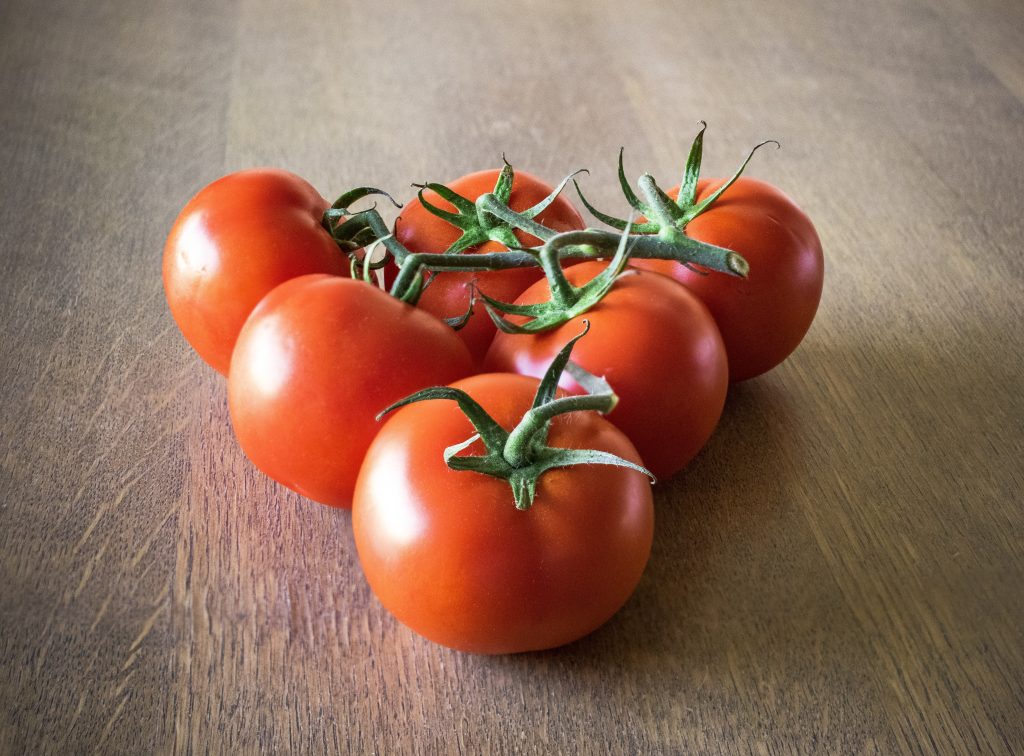
Everyone wants to produce tomatoes because they are the ideal summer crop. Tomatoes grown at home have a far superior flavor than those found in supermarkets.
Tomatoes can be a little challenging for first time gardeners to grow because of their specific watering requirements and pests love them as much as humans. You should still attempt growing tomatoes in your first garden, despite this fact.
After the local last date of frost, warm-season crops like tomatoes should be put in the garden.
Here Are Some Advice For Gardening With Tomatoes;
- The optimal conditions for tomato growth are full sunshine and soil that drains effectively. The plant will die as a result of root rot brought on by standing water.
- Your tomato plant is lacking nitrogen if it turns yellow. To assist your plant replenish the nitrogen they require, sprinkle bone meal or blood meal around the base of the plant.
- Water your tomato plants liberally, but make sure to water them from the bottom up. Disease transmission is made more likely by watering their leaves.
- After being transplanted in the garden, most tomatoes provide a crop between 60 and 100 days later.
Potatoes
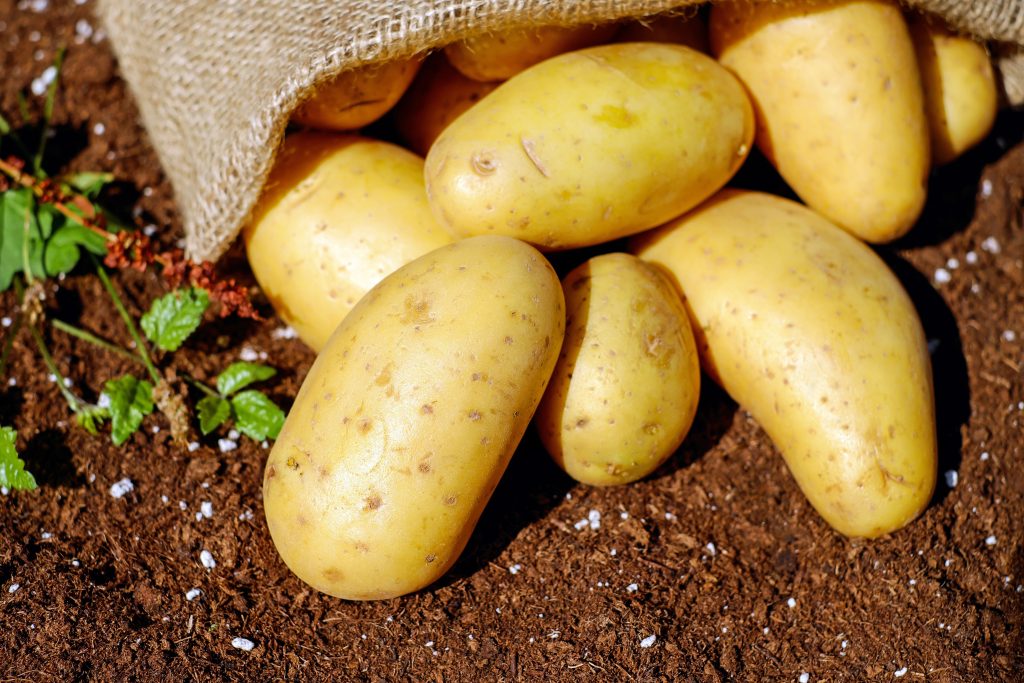
If you happen to have some old potatoes that have sprouted, you’re in luck! You can use them to grow your own potato plants this year. However, it’s worth noting that store-bought potatoes may not be the best option for this purpose.
To get started, cut your potato into pieces, making sure each piece has at least one eye. The size of the potato will determine how many pieces you can create. Then, dig a hole that’s large enough to accommodate the potato piece and place it in the hole with the eye facing up. Cover the potato piece with soil and water it generously.
To avoid the potatoes from turning green, you should “hill” them in July and again in August. This involves adding more soil around the plants to cover the lower parts of the stems. This not only prevents the potatoes from turning green but also encourages the growth of more tubers.
If you have space, you might consider planting a few extra potatoes to allow for early picking. Harvesting and enjoying small, tender potatoes is one of the easiest and most satisfying experiences a gardener can have.
Read also: How to start a vegetable farm
Spinach
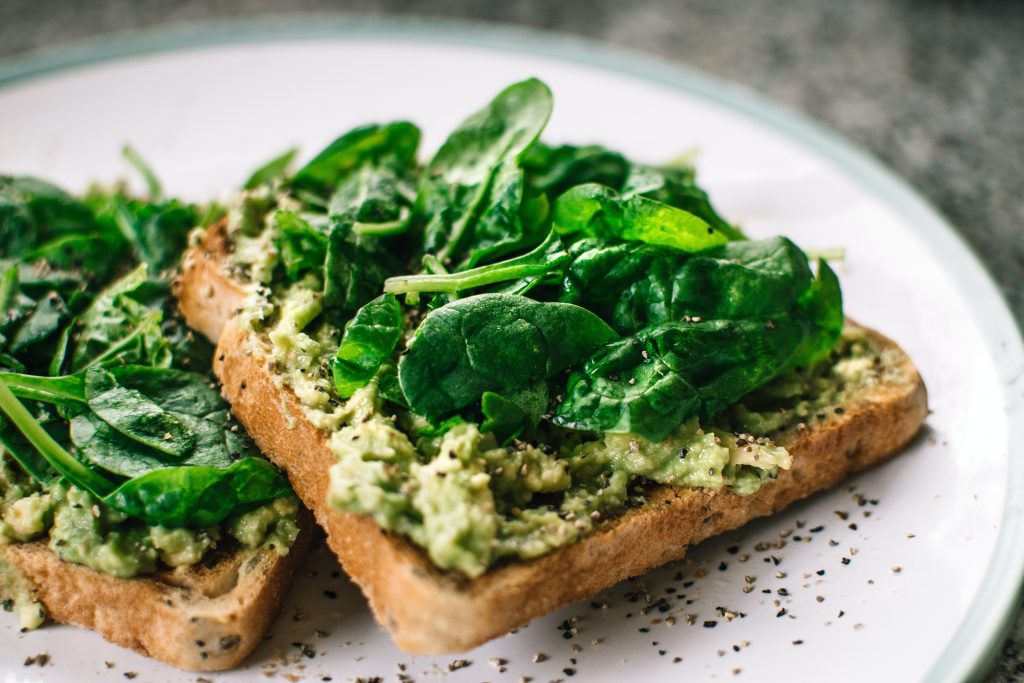
Spinach is an easy-to-grow vegetable that can be grown all year round in most regions. It is the simplest vegetable to cultivate. To grow spinach, you will need well-drained soil that is enriched with compost. Spinach can be grown in both direct sunlight and mild shade. It is recommended that you directly sow spinach seeds into the soil.
After a few weeks, you will need to thin out the areas where you sowed the seeds to prevent overcrowding. Any clusters of spinach plants should also be removed during this process.
Spinach is a cold-hardy vegetable that can withstand freezing temperatures, making it a great option for winter gardening. It can survive in temperatures as low as 15 degrees Fahrenheit.
Once you have successfully grown your spinach, it will be ready to harvest in 40 to 50 days. Harvesting spinach is easy and can be done by plucking the outer leaves from the plant as they reach maturity. Spinach is a versatile and nutritious vegetable that can be used in a variety of dishes, making it a great addition to any home garden.
Kale
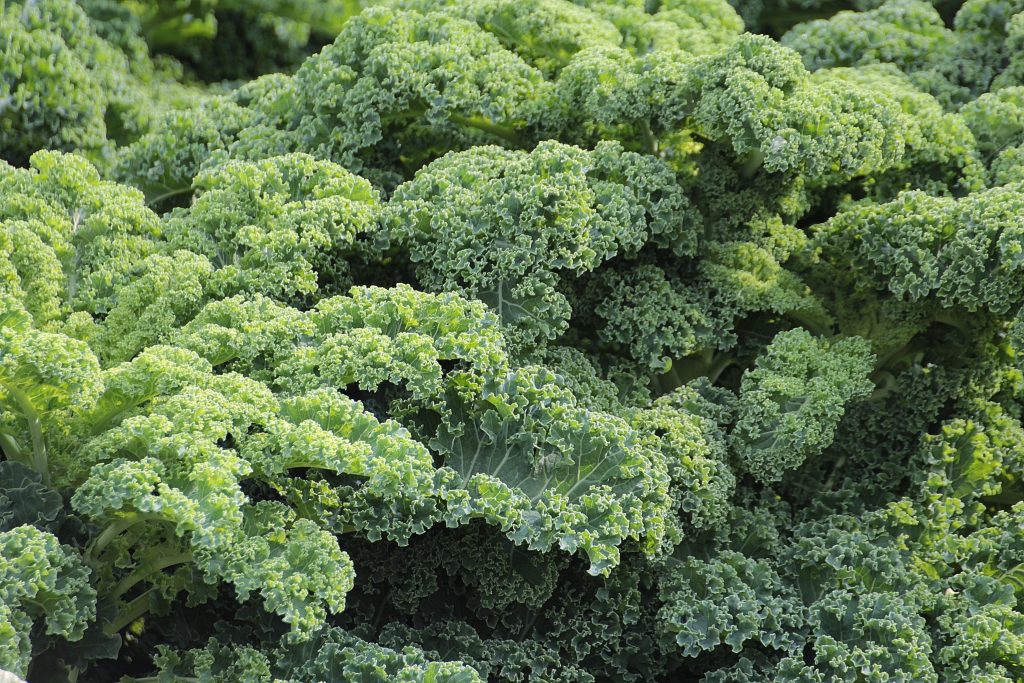
Kale has very little disease or pest issues and is tolerant of a wide range of temperatures. It also do not go to seed with hot temperatures like other greens do. Kale is one of the healthiest vegetables you can grow in your garden. A superfood packed with Vitamins A, C and K, with a single cup of the vegetable offering well in excess of your daily recommended dose.
They survive frost and tastes better when the temperatures dip into the freezing zone. Kale can handle some shade as well.
Seeds can be grown first indoors, or directly in position in warmer weather, from late spring to early summer. Sow seeds around half an inch deep, and when they start to grow, thin them out to around 18 inches apart, or less if you prefer to eat younger leaves. Harvest period is around 60days.
Green peppers
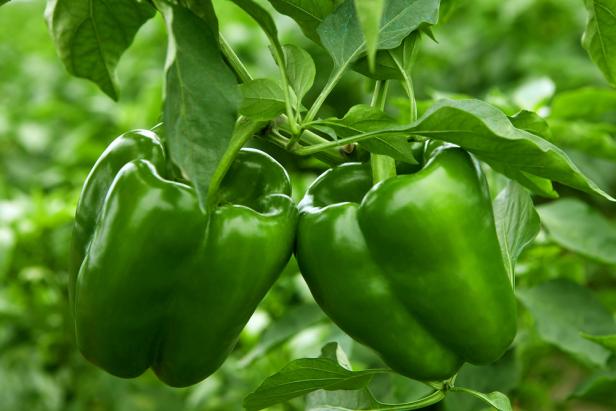
Green peppers take between 60 to 90 days to mature, and they thrive when planted after the last frost. It is important to ensure that they reach full maturity, and one way to do this is by avoiding watering the peppers themselves, as this can cause them to rot. Instead, focus on watering the roots.
To help green peppers grow strong and healthy, regular fertilization is recommended, along with mulching to help retain moisture in the soil and staking to keep the plants upright. Providing them with full sun exposure is ideal, but if the temperature is too hot, partial shade can be beneficial.
Spring onions

Scallions, or spring onions, are a kind of onion that are quick to grow and give taste to a variety of foods. To cultivate spring onions, follow these instructions;
- Decide on a location: In full sunshine and well-drained soil, spring onions thrive. Choose a spot in your garden that receives at least 6 hours a day of direct sunshine.
- Get the soil ready: Dig to loosen the soil and get rid of any weeds or pebbles. Compost or well-rotted manure can be added to the soil to increase fertility.
- The seeds should be sown in shallow drills spaced 15 cm apart and 1 cm deep. Put some soil on top, then gently compact it.
- Keep the soil wet but not soggy by watering often. Spring onions should be constantly watered, especially during dry seasons.
- When the seeds have sprouted and reached a height of about 5 cm, thin the seedlings so that they are spaced 2.5 cm apart. This will allow them to develop.
- When spring onions are between 15 and 20 cm tall, they are ready for harvest. Just above the soil’s surface, cut them with a sharp knife.
To maintain a consistent supply, you may keep sowing spring onion seeds all through the growing season.
Garlic
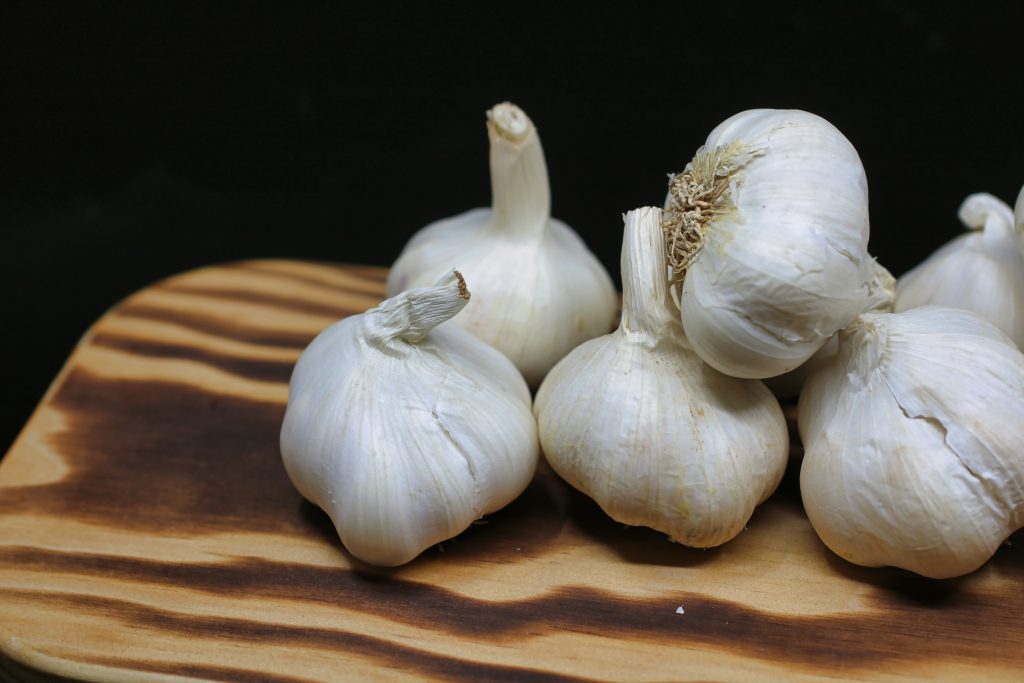
Growing garlic is actually quite easy, and you don’t need to wait for years to try it out. The key is to prepare and plan ahead of time, and choose garlic varieties that are best suited for your local area. To grow garlic, simply separate the individual cloves from the bulb and plant them in loose soil, about four inches deep and six inches apart. It’s important to keep the garlic well-watered until it is established.
To ensure successful growth, choose a site that gets plenty of sunlight and hasn’t had other alliums, such as onions, growing in the same spot in the past year.
Mulching is also crucial for growing garlic, as it helps to prevent weeds, retain moisture, and insulate the roots during the winter.
Carrots
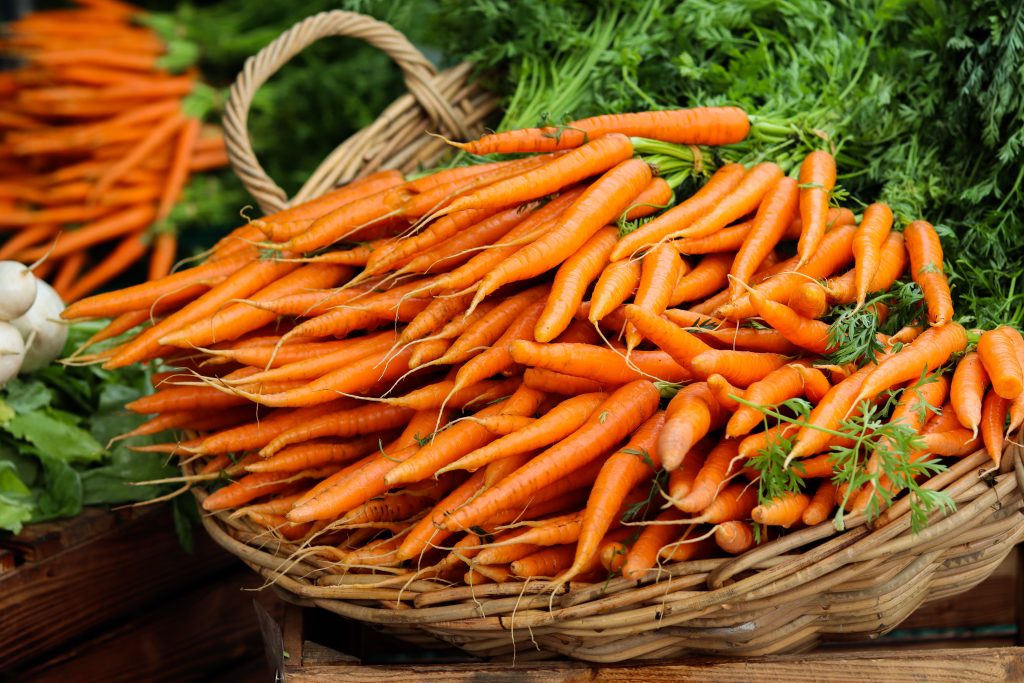
Carrots are among the easiest vegetables to grow in your garden, contrary to the belief of some gardeners who think they are complicated to cultivate. The key to growing healthy and long carrots is to have the right soil.
Carrots require a non-compacted, fluffy soil that is at least 6-12 inches deep. It’s important to note that clay or clumpy soil is not suitable for growing carrots because they cannot push into compacted soil.
As a beginner, it’s advisable to start growing your carrots in containers before moving them to raised garden beds.
Carrots are cool-season crops and are best planted in spring or fall, about three to four weeks before the final frost date or seven to eight weeks before the first frost in your area. Carrots are frost hardy crops, and a mild frost will not harm them.
To grow carrots successfully, it’s important to remove any clumps or rocks from the garden bed before planting to avoid hindering growth. Also, amending the soil with compost is crucial as it adds nutrients and improves soil drainage. Carrots thrive in full sunlight or partial shade.
Lettuce
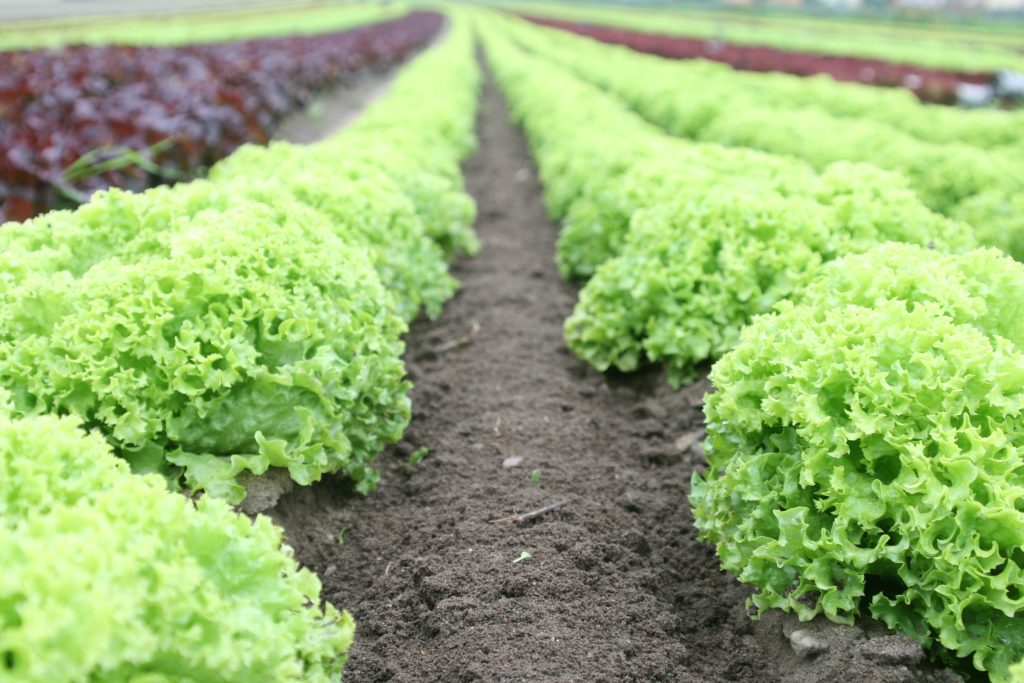
Did you know that there are many different types of lettuce that you can grow in your garden?
Lettuce is a crop that thrives in cooler weather, so it’s best to plant it in the early spring or fall. However, if you select varieties that are better able to handle warmer temperatures, it is possible to grow lettuce in the summer.
Growing lettuce is quite easy for several reasons. It can withstand a bit of frost, making it more resistant to colder temperatures. Additionally, lettuce seeds can be sown directly into the ground, eliminating the need to start them inside. Leaf lettuce varieties also mature quickly, usually within 60 days.
If you’re interested in growing lettuce in your garden, here are a few tips to keep in mind. Once the seedlings reach about 3-4 inches tall, thin them out to ensure proper spacing. It’s also a good idea to plant small amounts of lettuce at a time to stagger the harvest and avoid having all the plants mature at once. Lastly, be sure to water your lettuce regularly, especially during hot weather, as it prefers moist soil over dry soil.
Cucumber
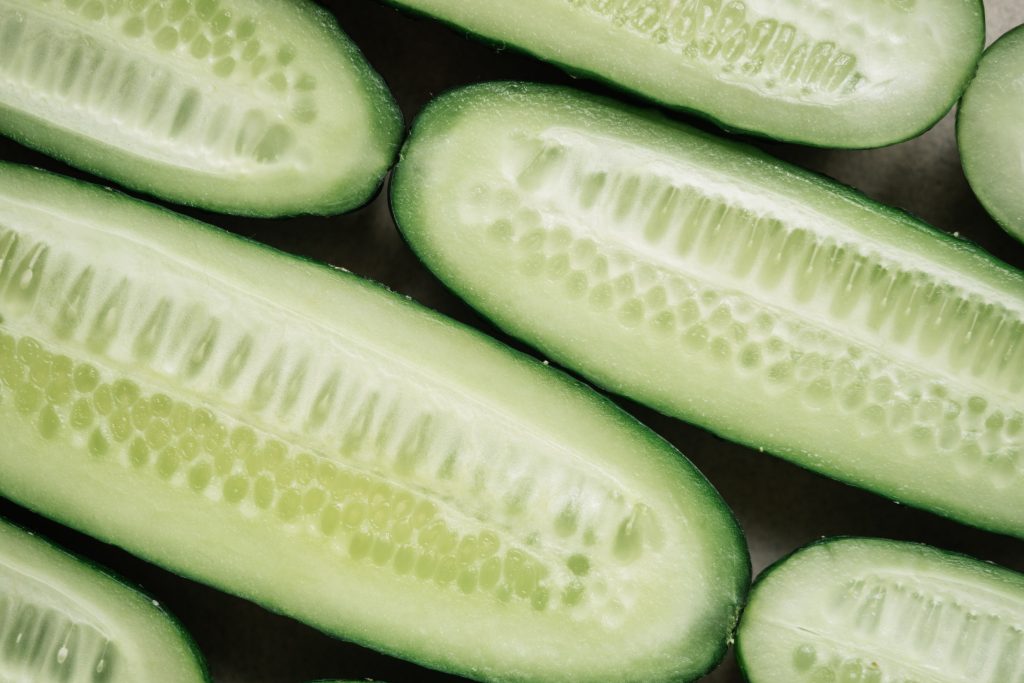
Cucumbers are a great plant for beginner gardeners as they are easy to grow. They can be grown in the ground or in containers, with seeds planted directly into the soil after the final frost or started indoors three weeks prior to planting. It’s crucial to keep in mind that cucumbers are a warm-season crop and cannot survive frost.
To successfully grow cucumbers, the soil must be well-draining and exposed to ample sunlight. Composting can be added to the soil to improve the plant’s growth.
Since cucumbers are a vining plant, they require sufficient space and support for upward growth. If you are growing your cucumbers in containers, it’s best to choose compact cucumber plants and only plant one in each container.
Read also: Reasons why you should experience agriculture before you die
It’s important to keep cucumber plants well-watered, as they require a lot of water for proper growth and development. If the leaves start to wilt, it’s a sign that they need more water. Cucumbers are generally easy to grow and will sprout quickly within 4-10 days, given proper sunlight and moist soil. Depending on the variety, expect a harvest within 50-65 days.
The bottom line
Growing your own garden can be a highly rewarding experience, as there is nothing quite like harvesting fresh vegetables that you’ve nurtured from the seedling stage to the dinner table. While it may seem daunting to start a garden, there are plenty of easy-to-grow vegetables that are perfect for beginners.
Whether you’re looking to grow your own food or just want to get your hands dirty, planting a garden is an excellent way to connect with nature and cultivate your own healthy produce. By starting with these easiest vegetables to grow in your garden highlighted above, you can set yourself up for success and gain confidence in your gardening skills.
